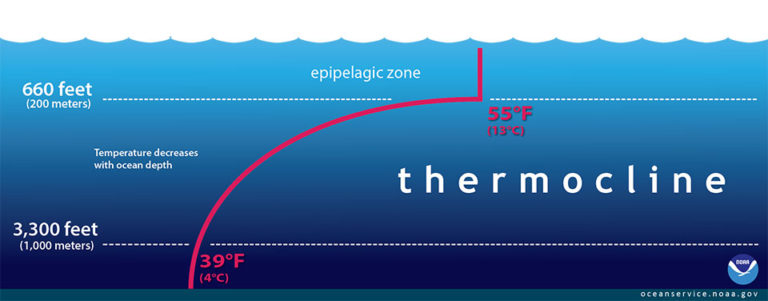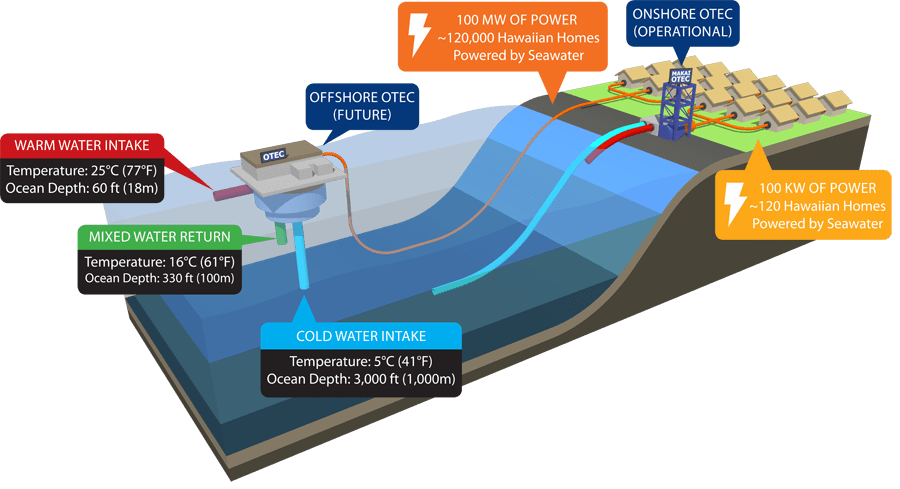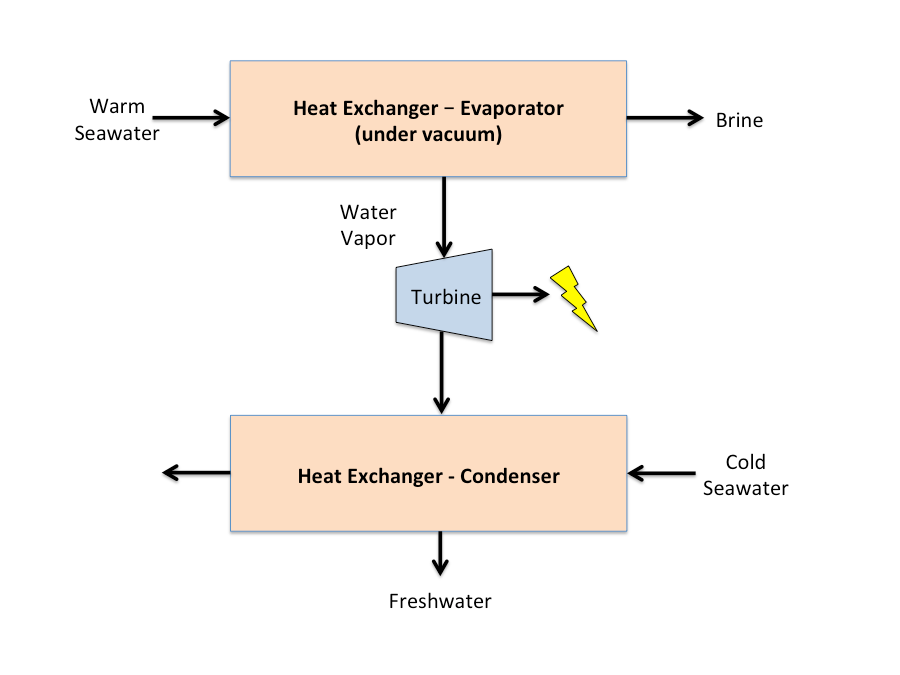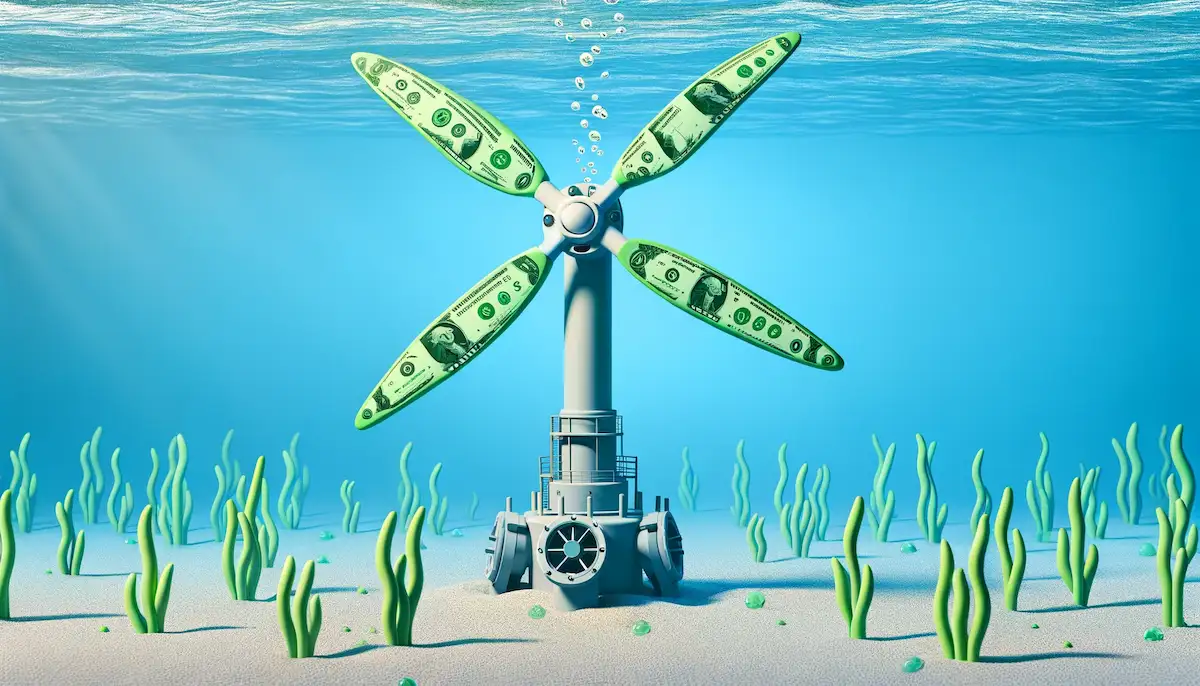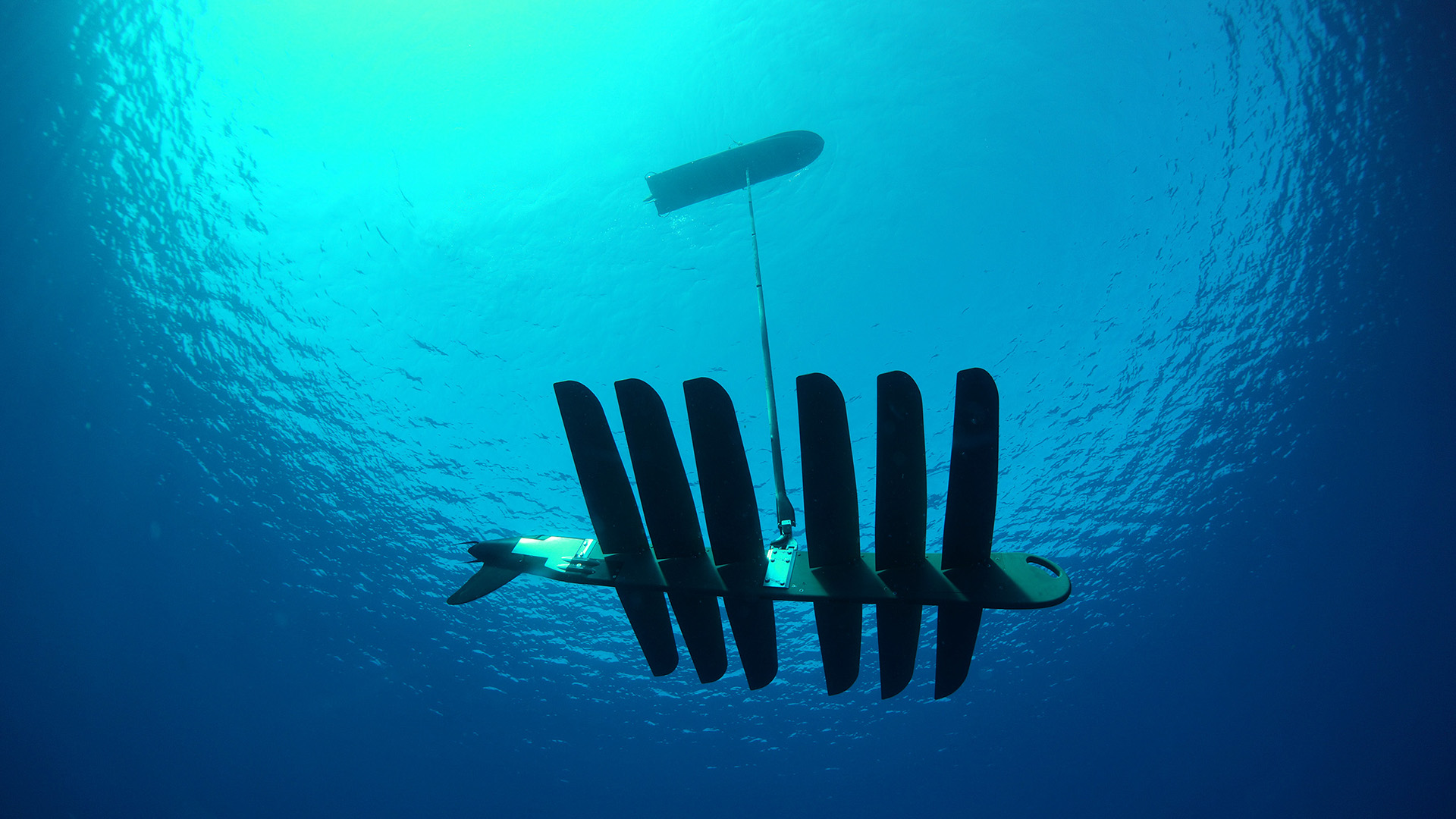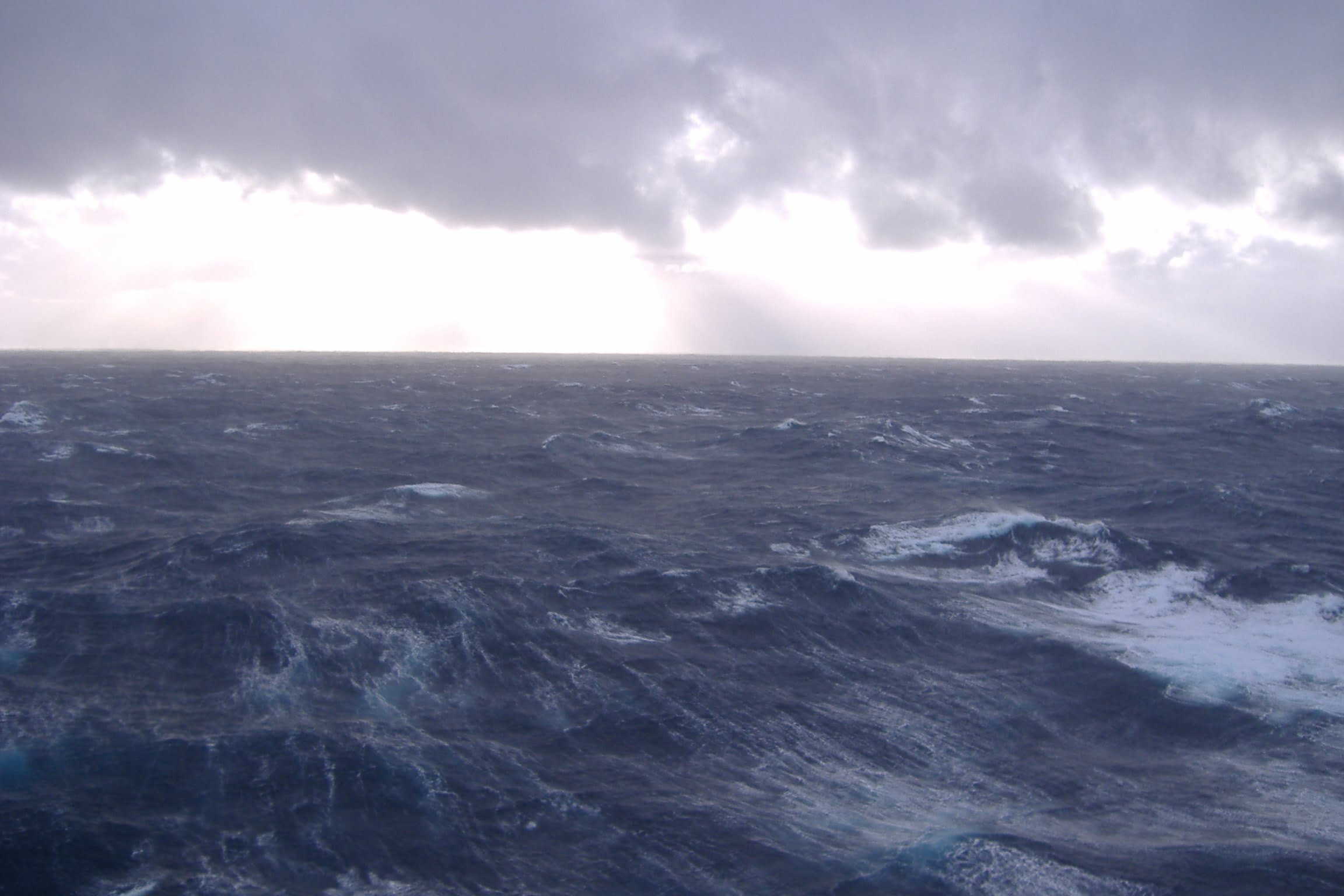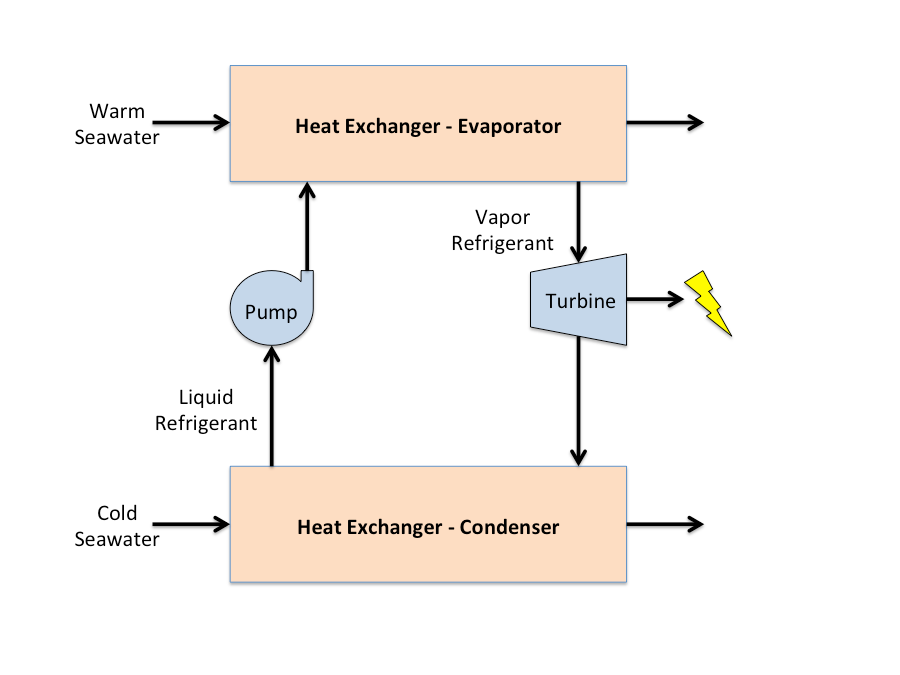
In a closed-loop system, liquid refrigerant at slight pressure and the warm surface water are both
introduced into a heat exchanger (evaporator), but they aren’t allowed to mix. Heat is transferred from the seawater to the refrigerant, causing it to warm and undergo a phase change into a vapor.
The refrigerant vapor is then directed to a turbine where heat energy is converted into mechanical energy. The turbine is used to drive a generator, which in turn produces electricity. The refrigerant having served its purpose is now directed to a second heat exchanger, the condenser.
Cold seawater and vapor refrigerant both enter the condenser, but again they don’t mix. The cold seawater cools the refrigerant, causing it to change back to a liquid. From here the liquid refrigerant is pumped back to the evaporator where the process begins anew.
Makai Ocean Engineering and Lockheed Martin have a 100 kW prototype of this technology currently in testing out in Hawaii, with plans to scale it up to 100 MW.

